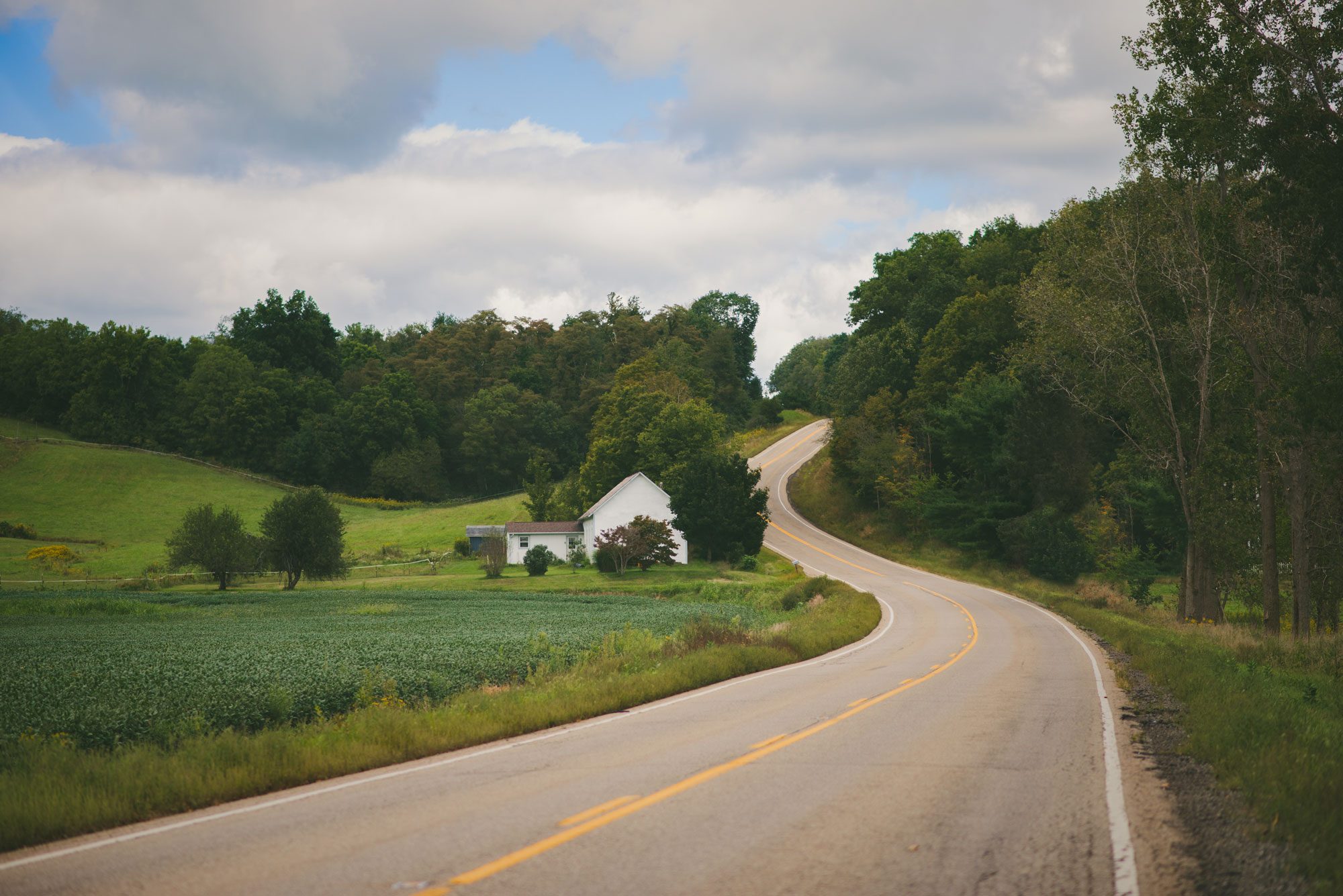
New Rule Focuses on Expanding Broadband to Unserved Communities
While internet speeds and connectivity have increased substantially over the past 10 years, more than 14 million Americans are still unable to engage in distance learning, e-commerce, telemedicine, and other online services, including many who live in rural areas. In fact, nearly one in five rural Americans still lacks access to reliable, high-speed broadband. This lack of connectivity for rural America has been particularly evident during the pandemic when so much of our daily lives moved online, thereby creating acute challenges for the unconnected.
As part of a national effort to bridge the digital divide, the Treasury Department recently issued an Interim Final Rule that implements the Coronavirus State and Local Fiscal Recovery Funds established under the American Rescue Plan Act. This $350 billion state and local fund can be directed to many uses, including broadband projects.
In an effort to close long-standing gaps in broadband access, the Treasury Department’s interim final rule targets funding to “unserved or underserved” areas — defined as those areas that lack access to a wireline connection capable of reliably delivering minimum speeds of 25 Mbps download and 3 Mbps upload (commonly referred to as 25/3). In other words, these thoughtful requirements ensure that government funding will not be wasted but instead flows in a focused way to those households and businesses that remain truly unserved, helping close the digital divide and get 100% of Americans connected once and for all.
With its focused approach, the Treasury rule will help provide local, state, and Tribal governments with the resources needed to address the pandemic and its impact while laying the foundation for a strong and equitable recovery – including by closing remaining gaps in broadband access in rural America.